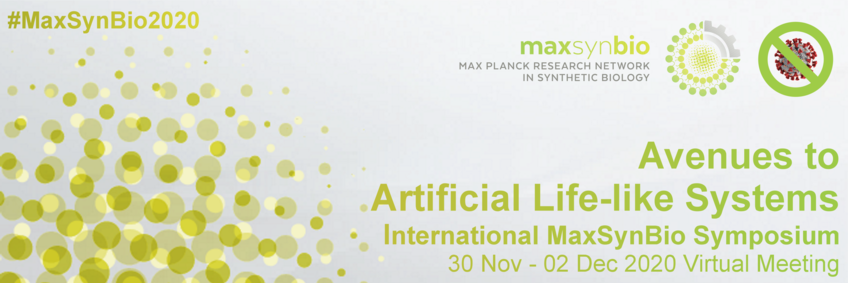
#30 - Responsive DNA particles destabilise lipid bilayers
Michal Walczak (University of Cambridge)
Monday, 30 Nov 21:15 - 22:00 CET
Access to the BigBlueButton rooom for this Mini Talk via the lists for Monday and Tuesday.
Please make yourself familiar with BigBlueButton before you join the Mini Talk - read the instructions.
Abstract
Title: Responsive DNA particles destabilise lipid bilayers
Author(s): Michal Walczaka, Ryan A. Bradyb, Leonardo Mancinia, Roger Rubio-Sancheza, Claudia Continic, William T. Kaufholda,c, Pietro Cicutaa, Lorenzo Di Michelec,a
Affiliation(s): aBiological and Soft Systems, Cavendish Laboratory, University of Cambridge, Cambridge, United Kingdom; bDepartment of Chemistry, Faculty of Natural and Mathematical Sciences, King’s College London, London, United Kingdom; cMolecular Sciences Research Hub, Department of Chemistry, Imperial College London, London, United Kingdom
Abstract: Lipid bilayers play an important role in cellular biology as they act as the filter between the inside and outside of the cell. Their integrity, often associated with a proper functioning and vitality of the cells, can be compromised by a number of biological and synthetic agents, including antimicrobial peptides, amyloid aggregates, polymer particles and metal particles with charged coating. Such agents, frequently considered to be toxic and highly undesirable, have a variety of beneficial applications as the ability to control membrane leakage can be harnessed for the purpose of biosensing and therapeutic agent delivery. Here, we present a novel type of synthetic, DNA-based particles capable of disrupting lipid membranes [1]. The particles have a core-shell structure and self-assemble from cholesterol-DNA nanostructures, named C-stars [2,3,4], responsible for the formation of membrane-adhesive core, and all-DNA nanoconstructs forming a protective hydrophilic corona around the core. These aggregates are stable in solution in the presence of liposomes and their size can be fully controlled through a change of the incubation time at the C-Stars formation temperature. The protective corona can be selectively displaced upon an addition of a DNA trigger, exposing the cholesterol molecules rich particle core and triggering membrane disruption, resulting in membrane rupture and cargo release. Aforementioned particles can be easily adapt via minor structure modifications to serve as a novel antimicrobial or bio-inspired drug delivery systems.